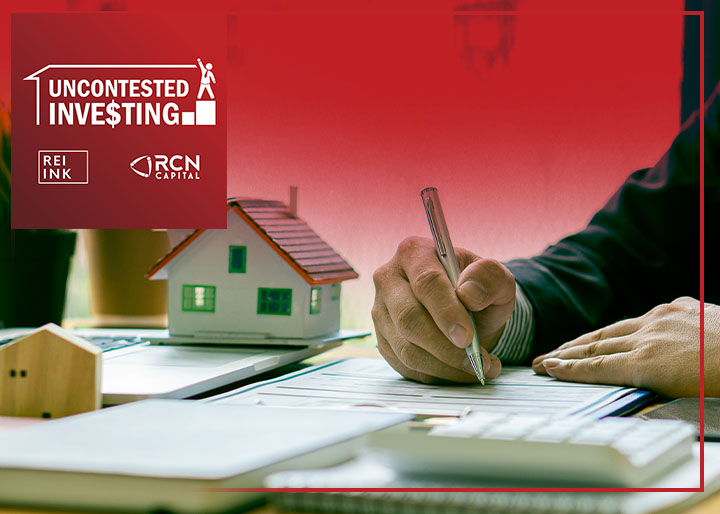Wholetailing: Flipping Real Estate With No Money With Travis Johnson
Have you ever thought about flipping real estate deals but don’t know how to do it? You’re not alone. Travis Johnson, a successful house flipper in Minnesota and author of the Seven Figure Flipping Book, learned how to flip real estate the hard way. With no books or training when he first started, he did everything wrong and took financial losses. Today, Travis shares his experience on how to
Read More







